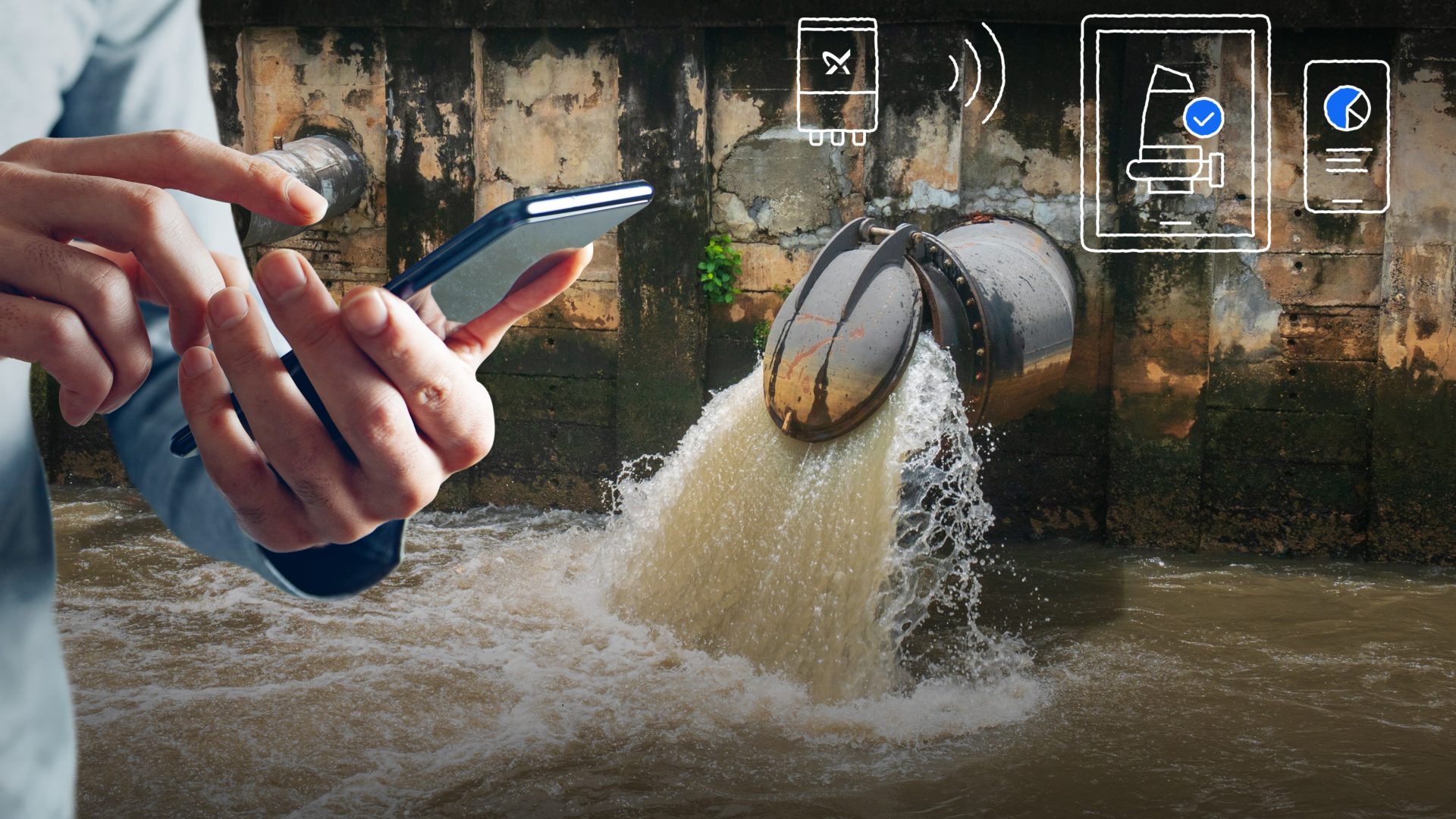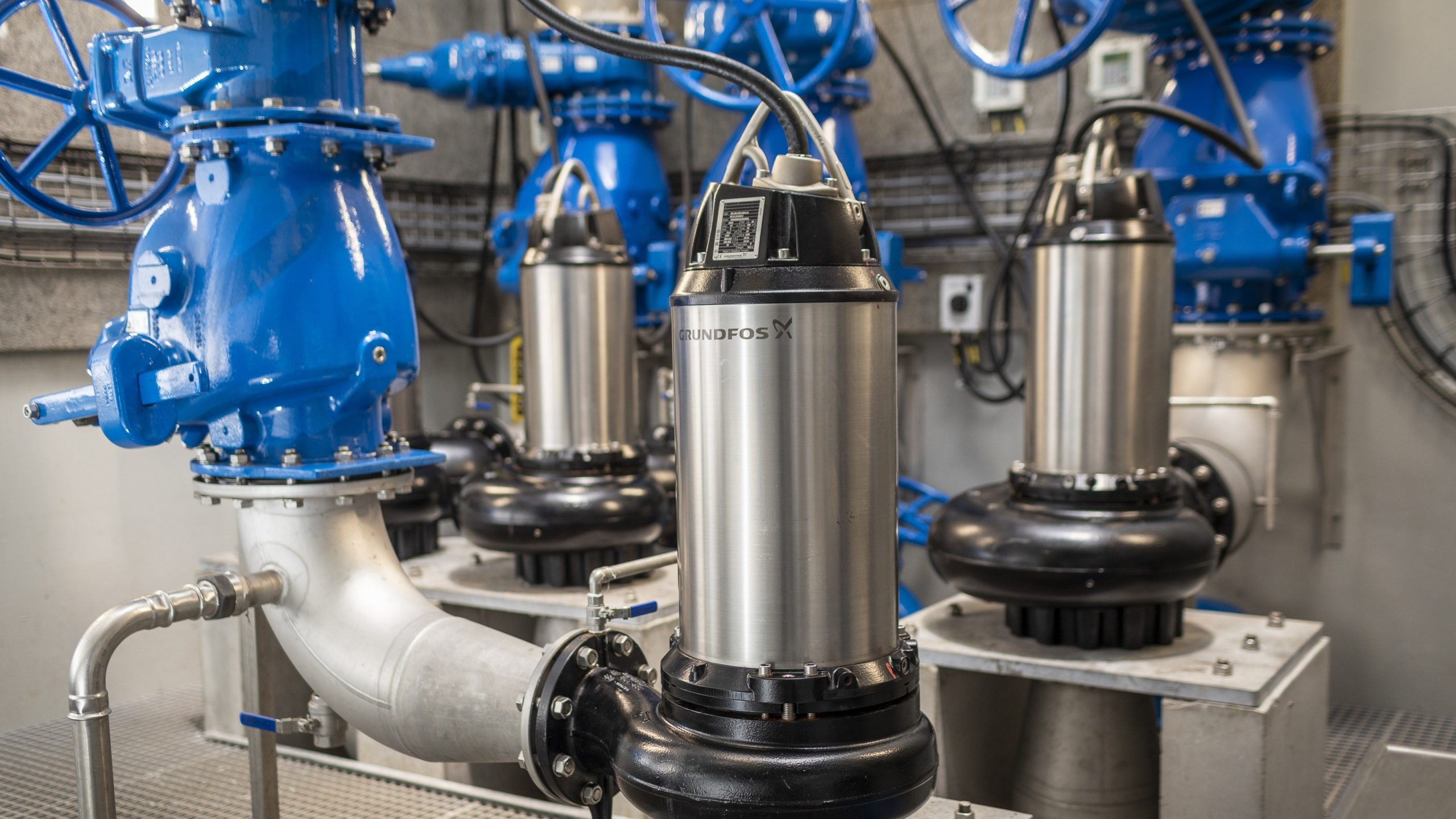
The UK water industry faces a significant challenge: delivering essential services while minimising its environmental impact. Greater use of cutting-edge pump technology and smart asset management will be critical to meet AMP8 targets, writes Leo Andersen, lead product manager, Grundfos.
It is no secret that the high energy usage of traditional pumps means they contribute significantly to the water sector’s carbon footprint. Thousands of pumps operate across the UK water and wastewater networks, and treatment plants.
With increased focus on sustainability in AMP8, along with tight net zero goals, water companies are under pressure to adopt innovative solutions that can drive efficiencies, reduce carbon emissions and enhance environmental performance. This makes pump management an obvious place to start.
Pump lifecycle costs

Duncan Leathley, area sales director, water utility, Grundfos UK&I says: “Water companies face major challenges in ensuring all their assets have the highest percentage of uptime when they are needed the most. Managers and operators need to ensure that their pump assets have solid, resilient performance in challenging sewage environments, and that they deliver all of this with the lowest power demand possible to address net zero goals.”
Effective wastewater pump management hinges on selecting the right pump for the specific application, which is crucial for preventing operational issues such as sewer spills and minimising energy waste.
Currently, a significant number of utilities operate pumps far below their optimal duty point, often below 50 percent. This leads to substantial energy inefficiencies, increased operating costs, and higher maintenance expenses.
Aligning pump selection with the best efficiency point (BEP) is paramount. It translates to reduced energy consumption and a smaller carbon footprint, minimises clogging and jamming – thus reducing overflows and pollution, and extends the service life of components and the pump itself.
Conversely, operating pumps outside their BEP can be remarkably costly. For example, a 100kW pump operating inefficiently for 5,000 hours annually can easily consume an additional 65,000 kWh of energy, resulting in additionally 13.5 tons of CO2 emissions. With new regulations and frameworks prioritising reducing these inefficiencies – supporting utilities to minimise their carbon footprint and operational costs with innovative and practical solutions is critical.
Innovations in wastewater pump design
Technological advancements are a revolutionising wastewater pump design, offering significant improvements in efficiency and reliability.
Grundfos’ latest SE/SL pumps, featuring Open S-tube hydraulics, exemplify this progress. These pumps are engineered for clogging-free operation, utilising self-cleaning capabilities to eliminate blockages caused by debris like fibres and rags – a problem exacerbated by the increased use of wet wipes over recent years. The pumps achieve hydraulic efficiencies of up to 88%, resulting in lower energy consumption and reduced CO2 emissions.
In addition, Grundfos’ innovative SmartTrim system allows for easy impeller gap adjustment, preventing efficiency losses due to wear, and enabling quick on-site maintenance in under 30 minutes. The incorporation of IE4 motor technology, which offers even higher efficiency than IE3 motors, further contributes to energy savings and reduced lifecycle costs. For instance, a 55kW IE4 motor can save approximately 3500kWh / 700kg CO2 annually compared to an IE3 motor, based on 5,000 operating hours per year.
Maintenance and monitoring
Routine maintenance is indispensable for ensuring sustained pump performance and preventing environmental incidents such as sewage overflows. While some utilities may consider maintenance on smaller pumps too costly or troublesome, the consequences of neglecting it, including river pollution, can be far more expensive and reputationally damaging.
A cost-effective alternative to scheduled preventative maintenance is condition-based maintenance, which relies on real-time data monitoring. By tracking parameters like specific energy consumption (the energy required to pump a specific volume of water), utilities can identify performance degradations early. An increase in specific energy consumption, for example, could indicate the need for maintenance.
Condition-based maintenance requires reliable sensors within the pumps and the installation, along with a control system capable of integrating with the central SCADA system and translating data into actionable insights.
Early detection of potential failures and the ability to prioritize maintenance efforts are crucial for optimising resource allocation and ensuring both operational reliability and value for money. This requires a comprehensive overview of existing assets and timely, accurate warnings via a robust remote monitoring system.
Solutions like Grundfos Connect provide access to performance data anytime, anywhere, through customisable reports. This type of cloud-based, plug-and-play system offers a cost-effective alternative to more complex SCADA systems, empowering utilities to stay ahead of potential issues.
A catalyst for sustainable transformation
Out of a substantial £104 billion investment in AMP8 – the asset management plan period 2025-2030 for England and Wales, a significant £12 billion allocation is dedicated to reducing sewage spills from storm overflows. This funding aims to achieve a 45% reduction from 2021 levels by 2030.
The AMP8 framework, with its increased investment, ambitious pollution reduction targets, and strong emphasis on digitalisation and carbon reduction, creates the ideal environment for Grundfos’ wastewater innovations to help drive a more sustainable future for the UK water industry.




